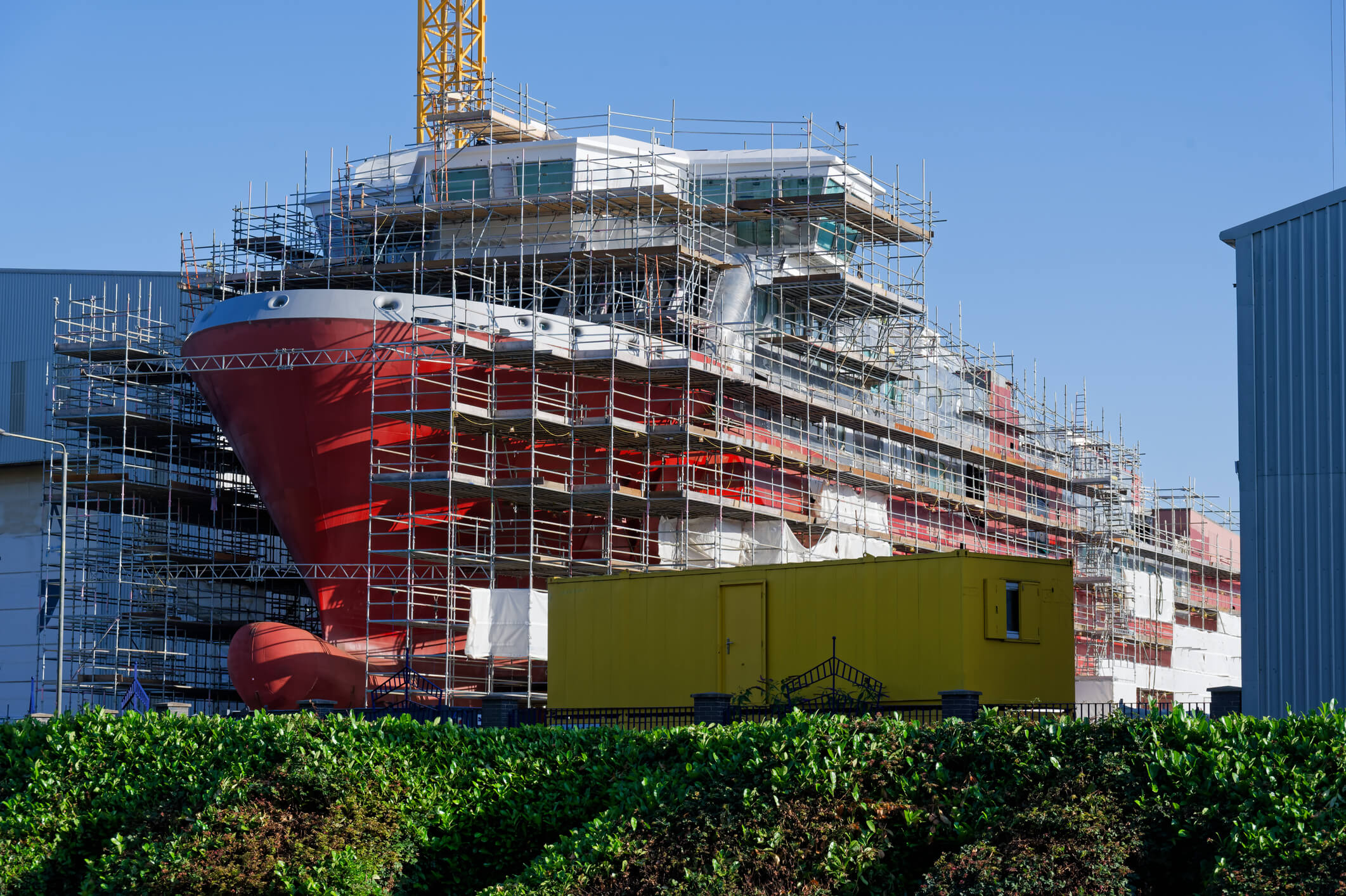Steel in the Shipbuilding Industry: The unsinkable hero of maritime innovation
Ahoy! Ever wondered what makes those colossal ships gracefully glide across the ocean while holding a bazillion tons of cargo, or a cruise ship packed with tourists eager to catch a tan? The answer is a shiny, robust hero – STEEL! Steel is the unyielding champion of the shipbuilding industry, and its contributions are nothing short of legendary. So, let’s dive into the depths of steel’s role in shipbuilding, exploring its history and modern applications.
From timber to titanium!
Once upon a time, the high seas were dominated by wooden ships. These wooden wonders were charming, but they had their flaws – they were prone to rot, fire and the occasional nibble from shipworms. Enter steel…..revolutionizing maritime construction.
With its superior strength and durability, steel made wooden ships look like the nautical equivalent of flimsy paper boats.
Steel didn’t just keep ships from becoming soggy firewood. It allowed for bolder, bigger, and better designs. Naval architects could dream bigger – literally, ships grew in size, capacity and safety, thanks to steel’s robust nature. Welded steel plates meant fewer leaks and a stronger, more watertight ship. No more bailing out water with buckets!
The hull, the ship’s main body, is steel’s primary domain. Thanks to its excellent strength-to-weight ratio, steel makes for a hull that is tough enough to withstand the ocean’s relentless battering. High-strength, low-alloy steels add extra toughness, ensuring these aquatic giants don’t crumble under pressure. Hull yeah!!!
Steel doesn’t stop at the hull though; it is also used in the parts of the ship above the main deck. These areas need to be strong enough to handle heavy equipment, load and withstand the worst temper tantrums Mother Nature can throw.
The machinery and equipment – think engines, boilers and navigation systems – all rely on steel for protection. Steel housings shield these critical components from environmental damage and mechanical wear.
From the days of wooden ships to the era of steel giants, steel has transformed the shipbuilding industry. Its unparalleled strength, versatility and durability have made it the backbone of modern maritime construction. As we sail into the future, advanced steel materials and sustainable practices promise to keep steel at the heart of shipbuilding innovation. So, next time you see a mighty vessel gliding across the ocean, remember – its steel that makes it all possible. Here’s to steel, the unsinkable hero of the high seas!!!!


